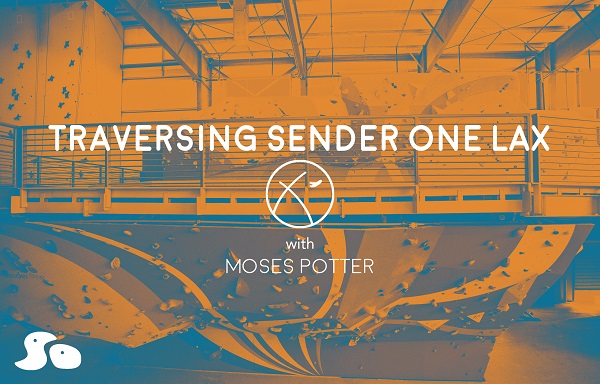Words by Lauren Irvine and Photos by Crystal Tan
When you first walk into Sender One LAX, you don’t see any climbing walls. In the entryway, there’s the front desk, the fitness area, the yoga room--a foyer, a holding area for what awaits you. You check in, chat with your friends, gather your stuff, round the corner...and have your mind blown.
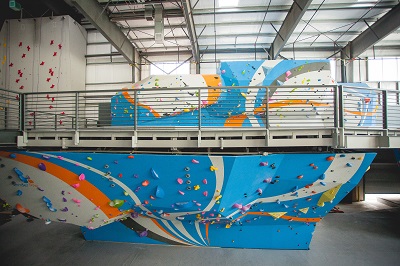
Welcome to the most versatile, expansive climbing gym terrain you’ve ever experienced--and it’s all the magnum opus of Moses Potter, Sender One’s head routesetter. An in-demand competition setter who established his route setting career in the San Francisco Bay Area, Moses has been guiding Sender’s setting vision from the start, dreaming up intricate, challenging routes for SNA’s Ice Cream Cone and beyond.
When the ground was broken on Sender One LAX, he received not only hundreds more feet of walls to set--he was given almost free rein to actually shape and sculpt them how he wanted. At Sender One SNA, “I had the chance to work with the best terrain of any climbing gym,” he says. “But we’ve learned a lot in the time it’s been open, and with LAX I was able to really broaden the spectrum of the climbing experience we could offer." Working together with Walltopia, he put forth his vision of the ideal climbing gym with inventive walls that welcomed versatility in setting and the chance to mimic the types of obstacles and opportunities one might encounter outdoors. To sum it up in Moses’s words: “The tall walls are taller, the steep walls are steeper, the 'slabby' walls are 'slabbier' - i.e., more low-angled.”
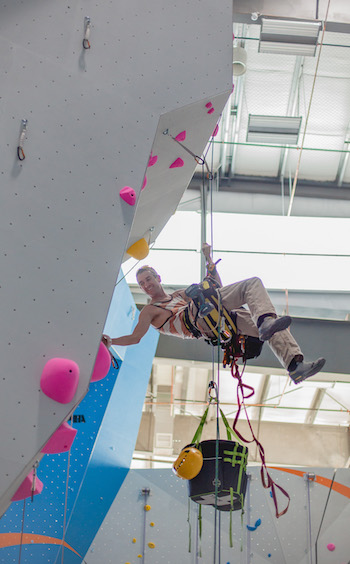
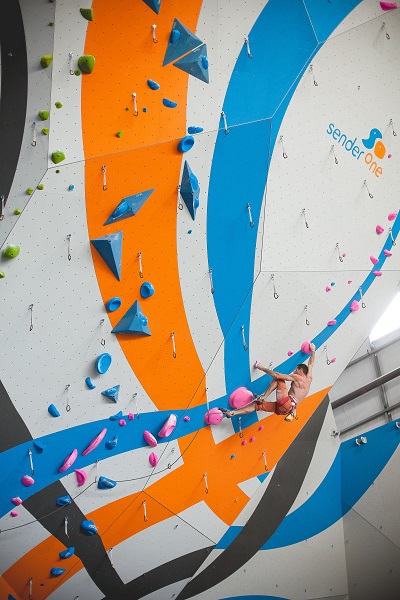
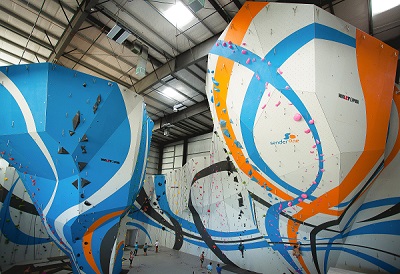
The biggest symbol of this is the instantly iconic--and imposing--60-foot-tall lead wall, nicknamed “The Torch.” Walltopia’s initial mockup of the Torch was originally half as steep as its final incarnation; Moses convinced them to push their limits, and the result is the looming, overhung behemoth that dominates LAX’s rope area. “This is the lead wall I’ve always wanted indoors,” he reflects. “You can’t replicate that feeling you get when you work a route on a difficult rock face, but with this wall, it’s the closest gym experience you can get to outdoor climbing.” The Torch can accommodate routes up to a staggering 85 feet in length, and its broad angular panels--a signature of all of LAX’s walls--allow for an infinite variety of holds and volumes. Expect to encounter moves normally not found inside, such as knee bar rests, and boulder problem-style cruxes, and to struggle on routes with abnormally comfy open-handed holds.
Speaking of volumes, they’re definitely going to be a big fixture on LAX’s walls. “In so many gyms, as the routes get harder, the holds get smaller--and I’m over crimps,” Moses laughs. “Volumes literally add another dimension to routes and let you use all styles of holds. And with these walls, we can set volumes anywhere we want--we basically have comp-style setting on a regular basis now.”
Also worth noting: all of LAX’s walls are taller than those at SNA. Even the true slab “kiddie wall” is 35 feet tall--10 feet higher than its SNA equivalent, and much taller than most climbing gym walls which can top at barely 20 feet. All of the walls are decorated with a beautiful ribbon motif that flows up and around to connect the various terrains, and which can be appreciated no matter where you are. LAX boasts a dynamic open floor plan where you can see almost all of the gym from any section, but its scale means you and your partner or group can socialize freely: another aspect borrowed from the local crag, where group collaboration and individual focus are equally important.
Another stand-out feature Moses is proud of, (and actually enjoys equally as much as the Torch) is “the Turkey Leg,” the arched central structure. A full walkaround of the wall reveals every type of terrain imaginable– stem corners, slight overhangs, a 60-degree overhang, a full roof–and, floor to ceiling, it’s taller than SNA’s Ice Cream Cone. “Of all the walls at LAX, this feature has the most open routesetting potential,” he observes. “On the Turkey Leg, we can set from 5.9 to 5.13b, so there's a little something for just about everyone.”
Also in the rope area is a feature that sets LAX apart: its 15-meter speed climbing wall. When the International Federation of Sport Climbing (IFSC) raised their regulation speed competition wall height from 10 to 15 meters, almost no gyms in the United States had such a wall for training. LAX is now one of a small handful to boast it.
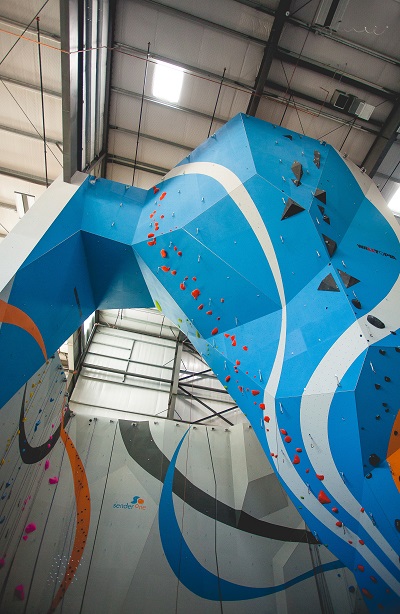
The bouldering and training areas also received Moses’s careful consideration, especially with two stories to play on. Upstairs you’ll find the topout boulder; mantle over, and you’ll be rewarded with a chill hangout area where you can relax and watch planes take off and land. But to get up there, you’ll have to trust your feet, as many of these problems hinge on friction-based cruxes: outdoor inspiration strikes again! There’s also a small roof section bisecting the boulder’s expansive--if you’re looking for endurance routes that traverse a variety of terrain, this is your boulder. The two boulders downstairs also provide plenty of challenges for setters and climbers alike, from a steep, pumpy backside that connects to a full roof to a balance-based arete.
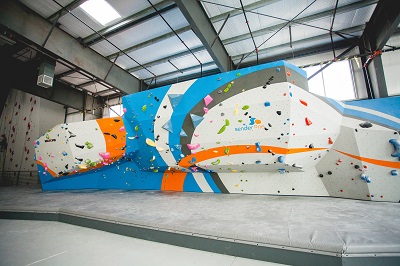
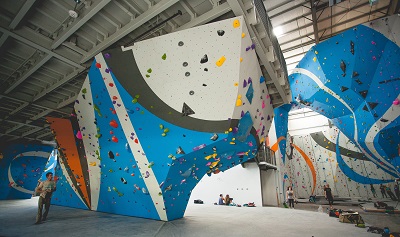
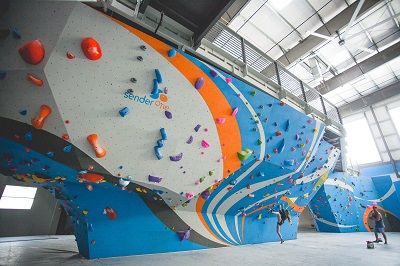
Finally, if you’re looking for training, head for the mezzanine. There you’ll find three hydraulic walls copied from SNA--featuring a Moon Board, system wall, and session wall--plus a whole bunch of hangboards to satisfy all your workout routines. And you can train while watching brave souls take whippers off the Torch and Turkey Leg. Who said training had to be boring?
With Moses ready to unleash his vision to climbers everywhere, of what aspect of LAX is he most proud? It’s still its sheer, very-nearly-untapped potential: “I believe in giving people the tools to enable their creativity,” he concludes. “The real fun and success is seeing how they embrace and enjoy it.” We’ll see you on the walls December 21!

